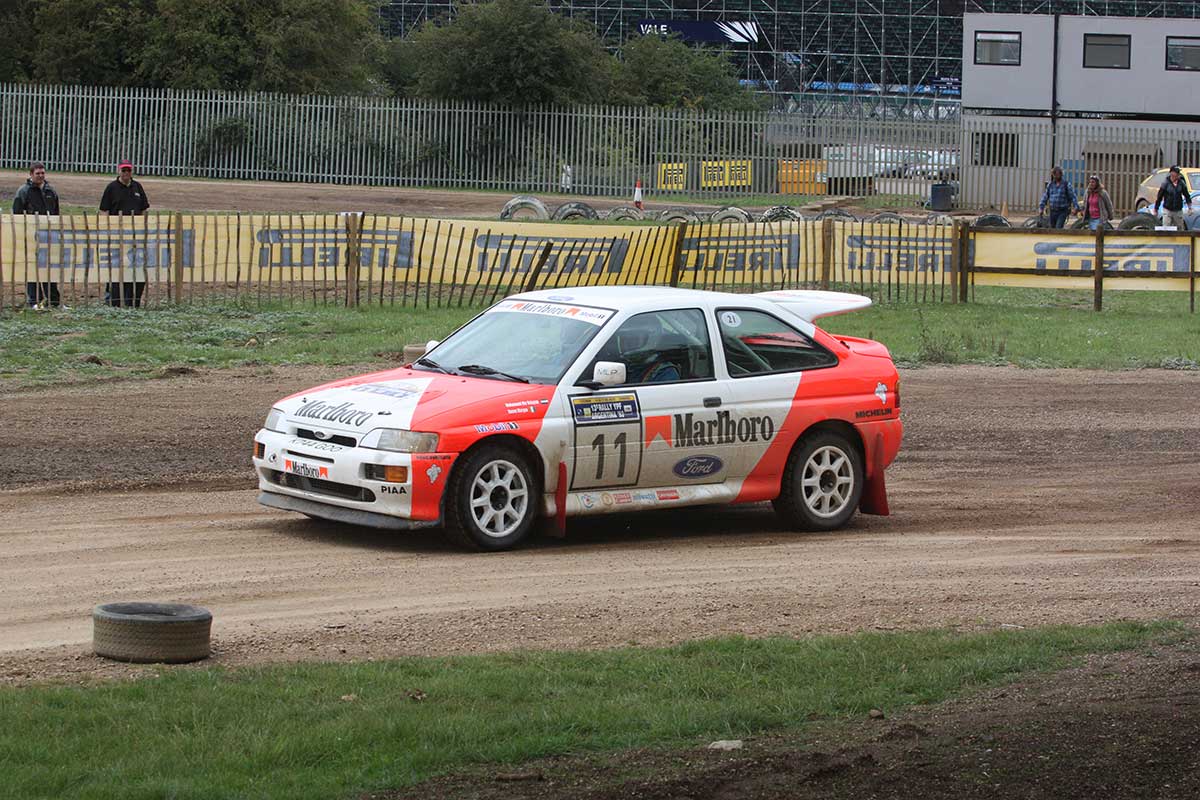Background
Whilst Ford’s rallying history can be traced back to before the Escort, 1968 is the important year as far as blue oval rally fans are concerned, as this year saw the launch of the Mark I Escort. The rear wheel drive Escorts dominated rallying until Ford switched development to its aborted RS1700T project and ultimately the Group B RS200.
Following the FISA decision to ban Group B cars, Ford rallied the Sierra and Sierra Sapphire Cosworths successfully, but they were beset by reliability issues. Therefore Ford set about building a new Escort rally car from the ground up, taking the engine and running gear from the four-wheel drive Sierra Cosworth, shortening it to fit into a modified Mk5 Escort body shell.
The Escort RS Cosworth achieved homologation into Group A at the beginning of the 1993 season, dominating their first event before on the final night Didier Auriol’s Toyota not only managed to claw back the deficit, but pull out a lead of 15 secs to win the event, by believed dubious means. Ford’s wait for a win lasted only five weeks as on their next event the Escort Cosworths took 1st and 2nd in Portugal, with Francois Delecour setting 18 fastest stage times. The Escort RS Cosworth remained exceedingly competitive up to its replacement, by the Escort World Rally Car in 1997, following changes to the regulations by the FIA.
This Car
K744GOO is a genuine ex-works Ford Escort Cosworth, built by Mike Little Preparations (MLP) on behalf of Ford. The car in Group N spec entered the 1993 World Rally Championship under the management of Marlboro Team Ford and competed on rally Sweden, Portugal, Acropolis, Argentina, Sanremo, and Catalunya, with its best finish being 6th overall and 1st in class in Argentina.
The car was driven on the 1993 campaign by Mohammed Bin Sulayem, Arabia’s most successful driver to date having won the Middle East Rally Championship a record 6 times. His co-driver Irishman Ronan Morgan, was also highly experienced having previously co-driven for Billy Coleman, Mark Lovell, Tony Pond and Russell Brookes.
K744GOO was released from Mohammed’s private collection and brought back to the UK in 2005. In 2010 the car underwent a thorough restoration with the guidance of Dick Cormack and Jim Little (MLP) who originally built the car in 1993 for the Marlboro Ford Team.
Technical
Engine: 2 ltr Cosworth designed YB
Cylinders: 4
Aspiration: Turbo Charged
Valves: 16
Camshafts: DOHC
Carburetion: Fuel Injected
Drive: 4WD
Transmission: FF Developments designed 7 speed
BHP: 300+

